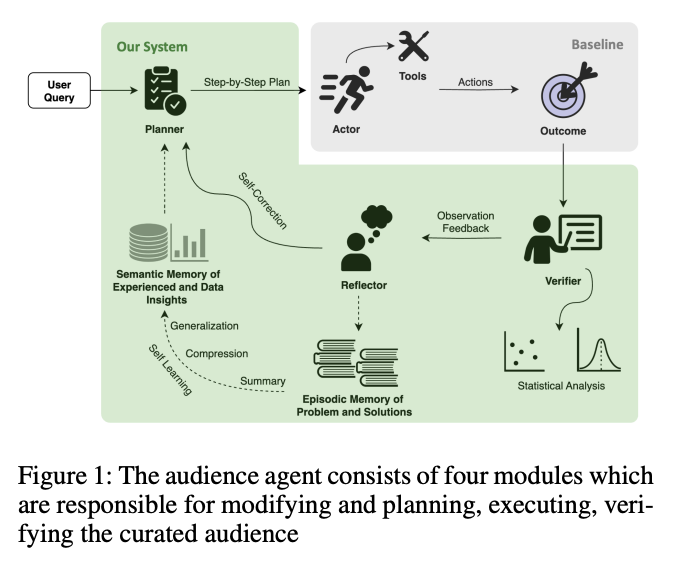How AI is Changing Content Marketing: 2025 Data and 2026 Predictions
The year 2025 has been a true turning point for artificial intelligence in content marketing.
Artificial intelligence is no longer just an auxiliary tool. It is now at the center of all processes, from content creation to content marketing strategies. Just a few years ago, we were debating the question, "Can AI write content?" Today, we are asking, "How can AI help our content marketing strategies?"
In this article, we examine the impact that large language models (LLMs) have created in content marketing throughout 2025. We explore the advantages of AI-supported content creation, new methods developed to maintain content quality, and the potential changes awaiting us in this field in 2026.
The Rise of LLMs in Content Marketing
In the past year, many marketing teams have made artificial intelligence a part of their daily workflows. While large language models (LLMs) are not yet very good at real-time SEO analysis, they have become quite effective in creating briefs, generating strategy ideas, and content creation/development.
According to data from CoSchedule's 2025 State of AI in Marketing Report, 85% of marketers are now actively using AI tools in content creation, and according to Ahrefs' 2025 AI Marketing Statistics report, 74% of new websites now feature AI-supported content. These figures show that artificial intelligence has now become a fundamental tool.
Today, not only text but also visual, video, and audio production can be performed by AI. For example, OpenAI's Sora model can create videos from text, and Midjourney can produce creative works. In other words, creativity is no longer a skill exclusive to humans; we can say that AI is also demonstrating its creative potential extensively.
AI can provide marketing teams with speed and cost advantages, but this speed can overshadow content produced with new and creative ideas. Because LLMs are trained on past data, they carry the risk of repetition instead of new and creative production. Therefore, brands should not forget to balance the productive power of artificial intelligence with human creativity and a control mechanism.
Towards 2026: Content Strategies Enter a New Era
The year 2025 was the period when AI tools were integrated into content marketing processes. 2026, it seems, will be the year these processes are redefined.
According to IDC's "Shift from SEO to LLM Optimization" report, SEO is transforming and evolving into LLM optimization. Visibility is no longer measured solely by Google results, but also by the responses given by models like ChatGPT, Gemini, and Perplexity. So, the most talked-about question in 2026 will likely be:
"Is artificial intelligence noticing my content? Is it citing it as a source?"
IDC predicts that by 2029, brands will allocate 5 times more budget to LLM optimization compared to SEO. This shows that the competition in content marketing is changing completely. Being noticed by artificial intelligence models is now as important as being visible in the SERP.
Another part of this change is independently operating artificial intelligence systems, i.e., agentic AI. Agentic AI refers to artificial intelligence models that not only execute a given task but can also set their own goals, make decisions, and manage the process. In other words, AI is evolving from a guided entity to a structure that can plan and take action on its own.
Tired of reading?
You can also listen to this blog post as a podcast we created with Google NotebookLM on Spotify.
The study titled "Towards Reliable Multi-Agent Systems for Marketing Applications" proposes a new system (RAMP) where artificial intelligence agents work together in marketing processes. According to this system, LLMs take on different tasks; one analyzes the target audience, another plans the strategy, and another creates the content. Thus, the content creation process ceases to be a one-way flow; it becomes a continuously learning system where AIs make decisions together.

So, how will content success be measured in 2026? Could the concept of visibility change in 2026? Perhaps the issue will no longer be about ranking high in search results, but about how much AI models see the brands.
The Human Perspective Amidst All This Change
Amidst all this transformation, one truth seems to remain unchanged: the human perspective and control mechanism.
MIT Sloan Management Review (2025) expresses it this way:
"The most successful brands of the future will be those that use artificial intelligence not to replace humans, but to enhance the human perspective."
This balance could be the core strategy for content marketing teams in 2026.
Content generated by LLMs is not only aligned with the brand's voice by human editors; it is also edited for accuracy, context, tone, and style. This collaboration may not only increase efficiency; it could also establish a new standard for brands.
According to IDC's 2025 Marketing Playbook, marketing teams in the coming years will shift from the working principle of "AI-assisted production" to "co-creation with AI." The overall success of this transition will depend on the adaptation of marketing teams and brands.
2025 has shown us that AI has become a partner that is now in every aspect of our lives and has started to be used extensively in content marketing. In 2026, content marketing strategies are expected to continue transforming. It seems we will start to see more content co-created with AI. The marketing teams and brands that will make a difference in content marketing may be those who can see AI not just as a new technology, but as a tool that supports human production.


















